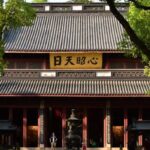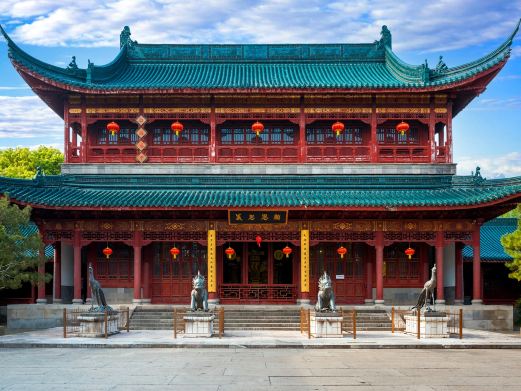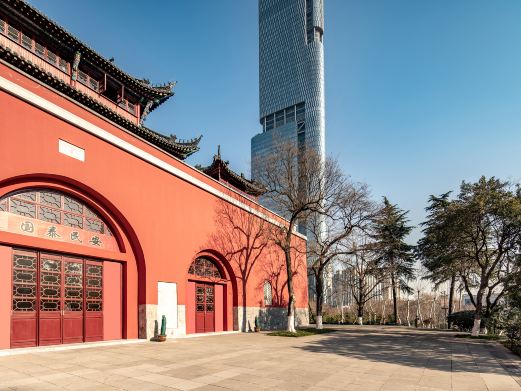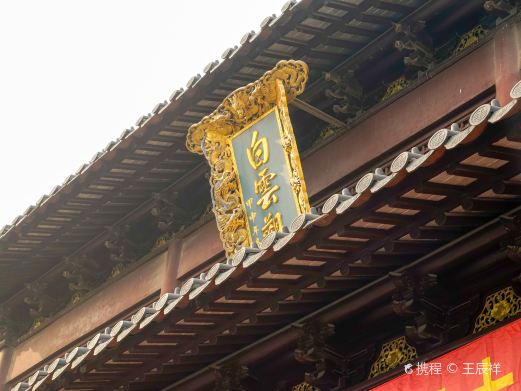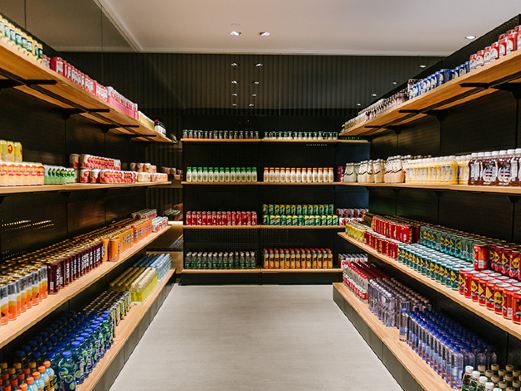The Imperial Ancestral Temple scenic area is located southwest of the Ming Dynasty’s Central Capital Imperial City and north of Yunji Street, consisting of 27 individual buildings with a total construction area of 5,607 square meters.
The architectural style of the scenic area adheres to the official Ming Dynasty style, essentially restoring the original appearance of the buildings and decorating the exhibits according to the architectural layout. The main exhibition areas include the restoration of the Imperial Ancestral Temple, Ming Dynasty culture, and the Taizu Hall, with a total exhibition area of 1,711 square meters.

In the history of our country, the worship of emperors and sages has a long tradition, but the joint temple worship began in the early Ming Dynasty. In the sixth year of the Hongwu era (1373), Zhu Yuanzhang decreed the construction of the Imperial Ancestral Temple for annual spring and autumn sacrifices.

The Imperial Ancestral Temple of Ming Central Capital is not a religious site; the objects of worship inside are not deities or Buddhas, but rather the emperors and meritorious generals of the Three Sovereigns and Five Emperors, as well as the founding emperors of the Xia, Shang, Zhou, Han, Sui, Tang, Song, and Yuan dynasties. Zhu Yuanzhang built Imperial Ancestral Temples in both Nanjing and Fengyang, but they have disappeared into the long river of history.
Imperial Ancestral Temple of Fengyang
The Imperial Ancestral Temple scenic area is located southwest of the Ming Dynasty’s Central C[...]




